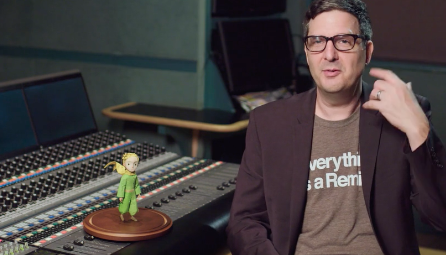To order any of the following offers please e-mail: [email protected] stating the item requirements.
A quote for payment will be provided, with payment to be made via a bank transfer.
(PayPal payments are possible for an additional fee of 3.5%)
Please note some locations may incur a supplemental hardware shipping fee – this will be defined when a quotation is supplied.
LightSpace CMS Professional Discounts
LightSpace CMS Software – unlimited license availability, until end of IBC show
LightSpace XPT – Book price: £2,175.00 – Discount price: £1,087.50 – Discount value: £1087.50 – Discount percentage: 50%
LightSpace PRO – Book price: £1,875.00 – Discount price: £1,125.00 – Discount value: £750.00 – Discount percentage: 40%
LightSpace CAL – Book price: £1,275.00 – Discount price: £828.75 – Discount value: £446.25 – Discount percentage: 35%
LightSpace LTE – Book price: £525.00 – Discount price: £367.50 – Discount value: £157.50 – Discount percentage: 30%
LightSpace CMS Home Cinema Discounts
LightSpace CMS Software – unlimited license availability, until end of IBC show
LightSpace HTP – Book price: £1,125.00 – Discount price: £675.00 – Discount value: £450.00 – Discount percentage: 40%
LightSpace HTL – Book price: £375.00 – Discount price: £262.50 – Discount value: £112.50 – Discount percentage: 30%
If any of the above software discounts are to be combined with a LightSpace CMS upgrade, say from LightSpace LTE to LightSpace XPT, the discount percentage will be applied ‘after’ the upgrade cost is calculated, as stated on the Support pages of the website.
Probe Discounts
Klein Probes – three (3) units available each model, until end of IBC show
Klein K10-A – Book price: £5,482.00 – Discount price: £4,385.60 – Discount value: £1096.40 – Discount percentage: 20%
Klein K80 – Book price: £3,971.00 – Discount price: £3,176.80 – Discount value: £794.20 – Discount percentage: 20%
Jeti Probes – unlimited unit availability, until 17th October
Jeti Spectraval 1501 – Book price £4,859.00 – Discount price: £4,081.56 – Discount value: £777.44 – Discount percentage: 16%
Jeti Spectraval 1511 – Book price: £6,185.00 – Discount price: £5,195.40 – Discount value: £989.60 – Discount percentage: 16%
Jeti Specbos 1211L – Book price: £6,516.00 – Discount price: £5,473.44 – Discount value: £1042.56 – Discount percentage: 16%
basICColor DISCUS probe – three (3) units available, until end of IBC show
basICColor DISCUS – Book price: £746.00 – Discount price: £671.40 – Discount value: £74.60 – Discount percentage: 10%
X-Rite Probes – unlimited unit availability, until end of IBC show
i1 Display Pro OEM – Book price: £227.00 – Discount price: £192.95 – Discount value: £34.05 – Discount percentage: 15%
i1 Pro 2 – Book price: £874.00 – Discount price: £742.90 – Discount value: £131.10 – Discount percentage: 15%
Signal Generators & Analysers Discount
Murideo Generator & Analyser – unlimited unit availability, until end of IBC show
Murideo SIX-G – Book price: £1,982.00– Discount price: £1,585.60 – Discount value: £396.40 – Discount percentage: 20%
Murideo SIX-A – Book price: £1,596.00– Discount price: £1,278.80 – Discount value: £317.20 – Discount percentage: 20%
LUT Box Discount
Murideo LUT Box – unlimited unit availability, until end of IBC show
Murideo Prisma – Book price: £793.00– Discount price: £ 591.20 – Discount value: £147.80 – Discount percentage: 20%
To order any of the above offers please e-mail: [email protected] stating the item requirements.
A quote for payment will be provided, with payment to be made via a bank transfer.
(PayPal payments are possible for an additional fee of 3.5%)
Please note some locations may incur an additional hardware shipping fee – this will be defined when a quotation is supplied.
